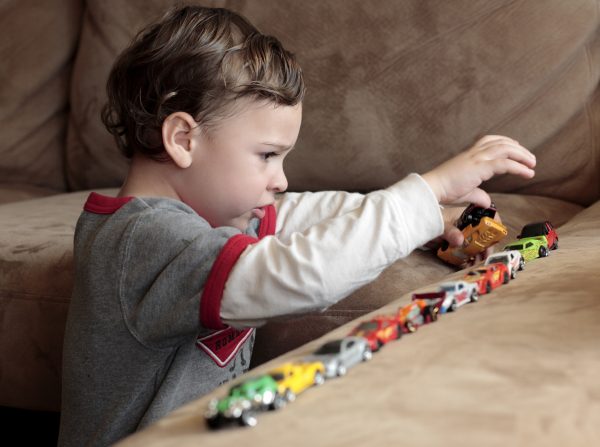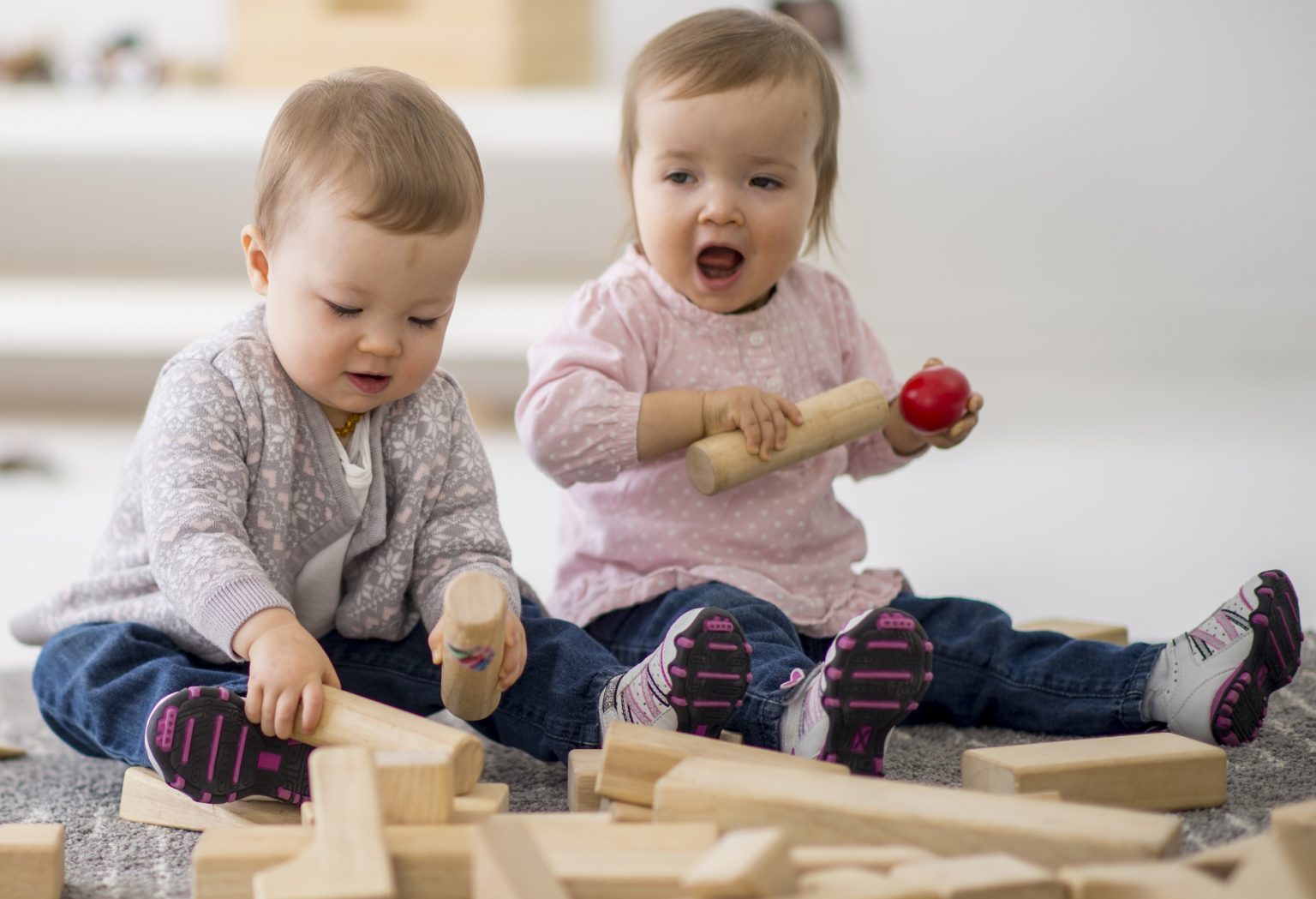Autism – A New Understanding
What is Autism?
Latest research gives us a new understanding.

Formal Description of Autism
There is a formal description of Autism which guides the people who diagnose Autism Spectrum Disorder. It includes difficulties with social communication and social interaction as well as restricted, repetitive patterns of behaviour, interests or activities. These will be seen early in development, will cause a significant impairment in the functioning of the individual and will not be related to intellectual ability. But this diagnostic criteria does not tell the whole story.
Recent Research
Recent research has shown that, at present, just as we can’t distinguish those who will have asthma, diabetes or dyslexia, there is no detectable difference between babies who will be neurotypical and those who will be Autistic. These children are born with the vulnerability to these problems. Children are not born with Autism but with a vulnerability to developing it.
The Beginning
Children who develop Autism show noticeable differences in their second year of life, but the differences begin to develop when the child is six or seven months old. All young babies have a drive for everything in their lives to stay the same, to maintain stability. The parent too, is programmed to maintain this regularity. But from about six or seven months, at about the time they are gaining control of their bodies, typical babies go through another change. Across all cultures babies begin to show what researchers have seen as ‘Growth Seeking’. This drive has been called various names e.g. intrinsic motivation, productive mindset, personal agency or mastery motivation. In RDI, we like to call it the ‘Growth Seeking Drive’. Research is showing that children who develop ASD also have this drive, but for some as yet unknown reason, it does not awaken or isn’t strong enough.

Seeking Sameness
Hence we have a child who is growing physically but who wants much of their world to stay the same.
Initially the child will just passively resist the ‘encouragement’ from his parents but by the end of the second year, he begins to actively avoid. The child with Autism is trying to maintain his stability, whereas typically developing children are exploring, discovering and sharing all the time.
What can the parent of a child with ASD do to assist their child to develop? They are in an impossible position. If they force them, they will actively resist; leave them and they will just continue on their own way; interfere and try to use what they are doing and they will react negatively.

Continued Progression of Autism
We now see a basis for Autism. From here the child will develop his ‘Autistic symptoms’. He then misses important milestones in his development because of this passivity. We see he disconnects, he doesn’t share, he enjoys doing the same things over and over, he finds challenges threatening, he tries to control the happenings around him, he can melt down if things don’t go as he expects. He works hard to support his search for the maintenance of sameness.

Guiding towards Competence and Confidence
With RDI, the parent (or consultant, in the case of older clients) can help the child gradually awaken his Growth Seeking Drive. The parent learns to guide the child in a step by step, achievable way using their shared daily life experiences. The parent adjusts their communication and their demands and the child begins to trust that he won’t be overly challenged. Instead, the parent will pose just achievable challenges to build up the child’s competence and confidence. The parent will carefully stimulate that Growth Seeking Drive. As they travel on this path together within their new found relationship, the child will not only learn to develop life skills but will also be guided to develop thinking which is much more dynamic, taking them away from the rigid thinking they once clung to. The aim is to help the child with Autism to move onto the typical developmental path they had previously avoided and to support them on the journey along this path towards independence.
